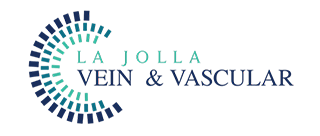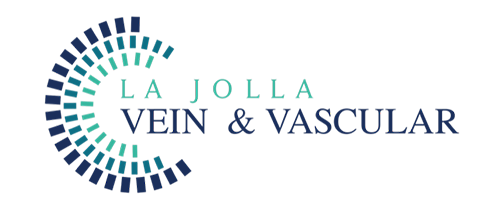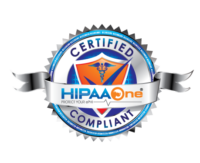Blood Clots and Leg Vein Ultrasounds
LJVascular2022-12-13T14:13:46-08:00Most vein disease is not visible to the naked eye, but can be detected in a leg vein ultrasound.
What Leg Vein Ultrasound Can Uncover About Your Veins: blood clots and leaky valves
We can see beneath the surface of the skin with an ultrasound. Duplex ultrasound combines Doppler flow information […]












